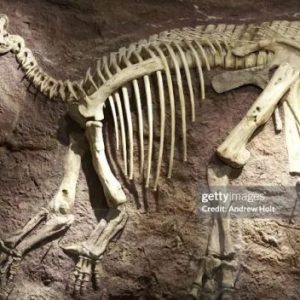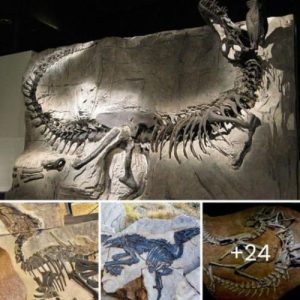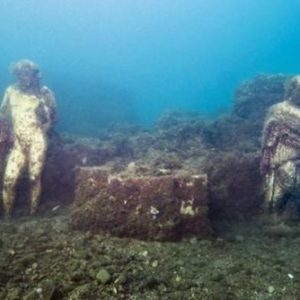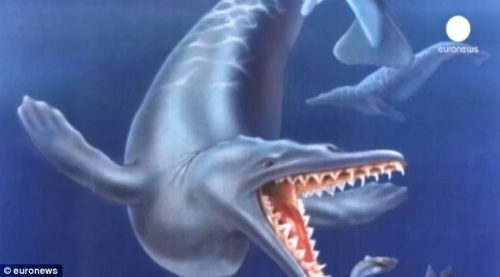
In the ever-evolving world of paleontology, groundbreaking discoveries continue to captivate our imagination, offering glimpses into Earth’s ancient past. One such revelation is the recent unearthing of a ‘walking whale’ fossil in Peru, dating back a staggering 40 million years. This remarkable find sheds light on the fascinating evolution of these marine giants and their journey from land to sea. In this article, we’ll delve into the details of this discovery and its significance in the field of paleontology.
The ‘Walking Whale’ Fossil Discovery
Peru, a nation renowned for its rich paleontological history, has once again proven its significance in unraveling Earth’s mysteries. In a region known as the Playa Media Luna, situated in the southern Ica Desert, researchers have uncovered the fossilized remains of a prehistoric creature believed to be an ancestor of modern-day whales.
The significance of this discovery lies in its age and the evolutionary story it narrates. The fossil, belonging to a group known as Protocetidae, is estimated to be around 40 million years old, making it one of the oldest specimens of its kind ever found. The team of scientists and paleontologists involved in the excavation has dubbed it the ‘walking whale’ due to its remarkable transitional features.
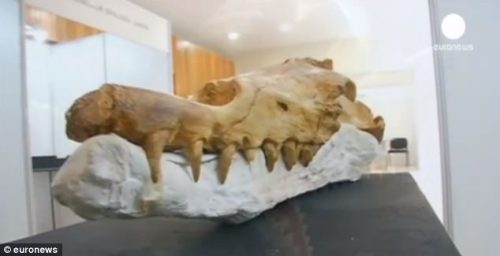
The Evolution of Whales: A Brief Overview
To understand the importance of this discovery, it is essential to explore the evolutionary journey of whales. Modern whales belong to the order Cetacea, which includes two main suborders: Mysticeti (baleen whales) and Odontoceti (toothed whales). These marine mammals are highly adapted to their aquatic environment, but their ancestors had a very different lifestyle.
Around 50 million years ago, the ancestors of whales were land-dwelling animals with four legs. Over time, they gradually adapted to an aquatic existence, evolving features that enabled them to thrive in the oceans. The discovery of the ‘walking whale’ fossil in Peru offers a remarkable glimpse into this transformative process.
Key Features of the ‘Walking Whale’
The fossilized remains of the ‘walking whale’ exhibit several intriguing features that illustrate its transitional nature. Here are some of the key characteristics:
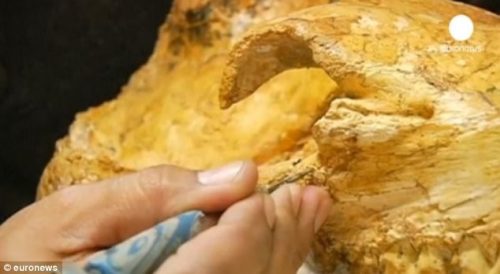
Limb Structure: The fossil reveals the presence of both forelimbs and hindlimbs, providing evidence of its land-dwelling ancestry. The limb structure closely resembles that of a four-legged mammal.
Tail Morphology: The tail of the ‘walking whale’ suggests a level of adaptation to aquatic life, with the presence of features resembling flippers, although not as developed as those of modern whales.
Teeth: The creature had sharp teeth adapted for catching fish, indicating a shift towards a carnivorous diet associated with marine life.
Skeletal Remnants: The fossilized bones of the ‘walking whale’ are well-preserved, allowing scientists to study its anatomy in detail.
Significance in Evolutionary Science
The discovery of this 40-million-year-old ‘walking whale’ fossil in Peru holds significant implications for our understanding of cetacean evolution. It provides tangible evidence of the gradual transition from land to sea that occurred in the early history of these magnificent creatures. By studying this specimen, scientists can gain valuable insights into the intermediate stages of whale evolution, which have long fascinated researchers.
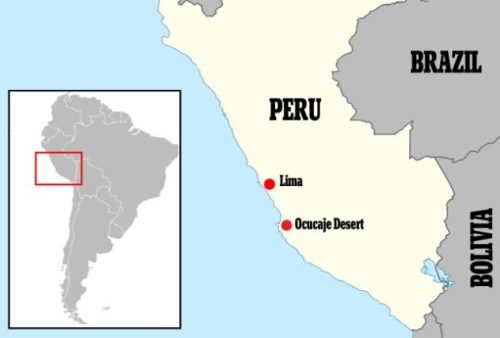
This fossil reinforces the concept of evolution as a fluid and dynamic process, where species adapt to their changing environments over millions of years. The ‘walking whale’ exemplifies nature’s remarkable ability to transform terrestrial mammals into efficient marine beings, a testament to the power of adaptation and natural selection.
Further Research and Implications
The ‘walking whale’ fossil discovery is just the beginning of what promises to be a fascinating journey into understanding the evolution of whales. Ongoing research will likely uncover additional fossils and provide more clues about the gradual transition of these creatures. This discovery may also spark interest in other regions with potential ancient whale fossils, contributing to a broader understanding of the evolutionary history of cetaceans.
The ‘walking whale’ fossil, with its 40-million-year age and remarkable transitional features, is a testament to the complexity of evolution. It underscores the intricate process by which land-dwelling mammals adapted to life in the sea, eventually giving rise to the magnificent whales we know today.
This discovery in Peru is a testament to the enduring quest for knowledge in paleontology, offering invaluable insights into the deep history of life on Earth and how species adapt to their changing world. As scientists continue to study and unravel the secrets of this fascinating ‘walking whale,’ we can look forward to even more remarkable revelations in the field of evolutionary science.


